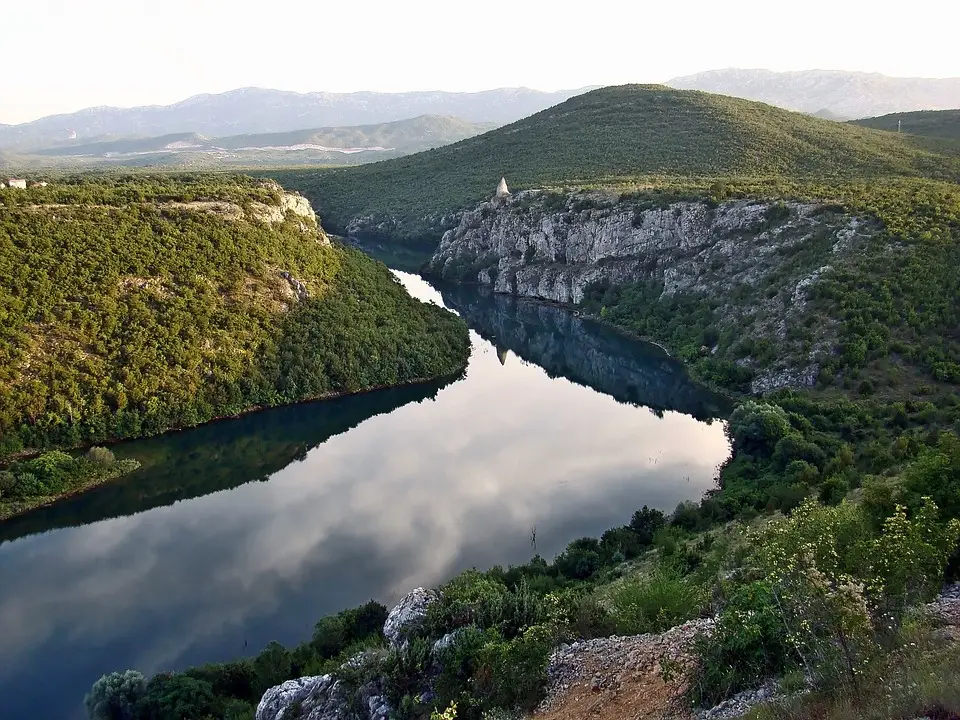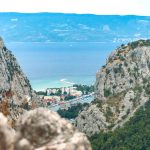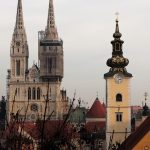As Poslovni Dnevnik writes, Russia’s invasion of neighbouring Ukraine has caused a sharp rise in energy prices from fossil sources, and consequently others. The current situation and trends here in Croatia once again work to remind us of the short-sightedness of the Croatian authorities when it comes to the country’s national energy policy, reports Slobodna Dalmacija.
Over more recent years, HEP’s new production facilities have been reduced to power plants in Zagreb and Osijek and only one hydropower plant with a capacity of about 40 megawatts, and only today is HEP entering wind and solar power projects without state incentives because, according to the public statements of its main people, even without incentives the production of electricity from wind and solar is economically viable, ie profitable.
In such circumstances, one should look with great optimism at the possible construction of new high-power hydropower plants, such as the potential ones on the Cetina river basin in Otok and in Bitelic.
As things stand today, the resources provided by the wind and the sun are huge and are only just beginning to be used. It is very likely, especially due to the proclaimed anti-fossil energy policy, that the amount of energy produced from these sources here in Croatia will grow steadily. Therefore, it will be necessary to provide in parallel current reserves capable of rescuing the system when unsustainable sources do end up failing.
As such, it isn’t really questionable whether the ideas on the construction of reversible hydropower plants (RHE) called ‘Blaca’ (in Otok) and ‘Vrdovo’ (in Hrvace), which have long outgrown the idea in operationalisation, will be realised, but for now, the only unknown is just when it will happen.
Locals reacted with displeasure to the recently kicked off HEP geomechanical testing of the soil along the Cetina river basin, more precisely near the village of Gale, where the lower pool of the (as yet) imaginary RHE ‘Blaca’ would be. HEP’s public relations department publicly responded to their understandable protest, stating:
”The Cetina river basin has long since grown into a Croatian hydropower giant. Five hydroelectric power plants are successfully producing electricity on the left side of the river, with a total installed capacity of more than 970 MW, and two future RHE installed electricity factories on the left bank of the Cetina river would exceed a fantastic 2,000 megawatts.
And that, for sure, won’t even be the final figure. If in the future the main energy source is wind and solar power, which will be necessary due to the need to substitute Russian natural gas and energy in general from fossil sources, it is certain that new RHEs will be built on the Cetina river basin because there are some extremely favourable natural conditions in that area,” they stated.
For more, check out our lifestyle section.












